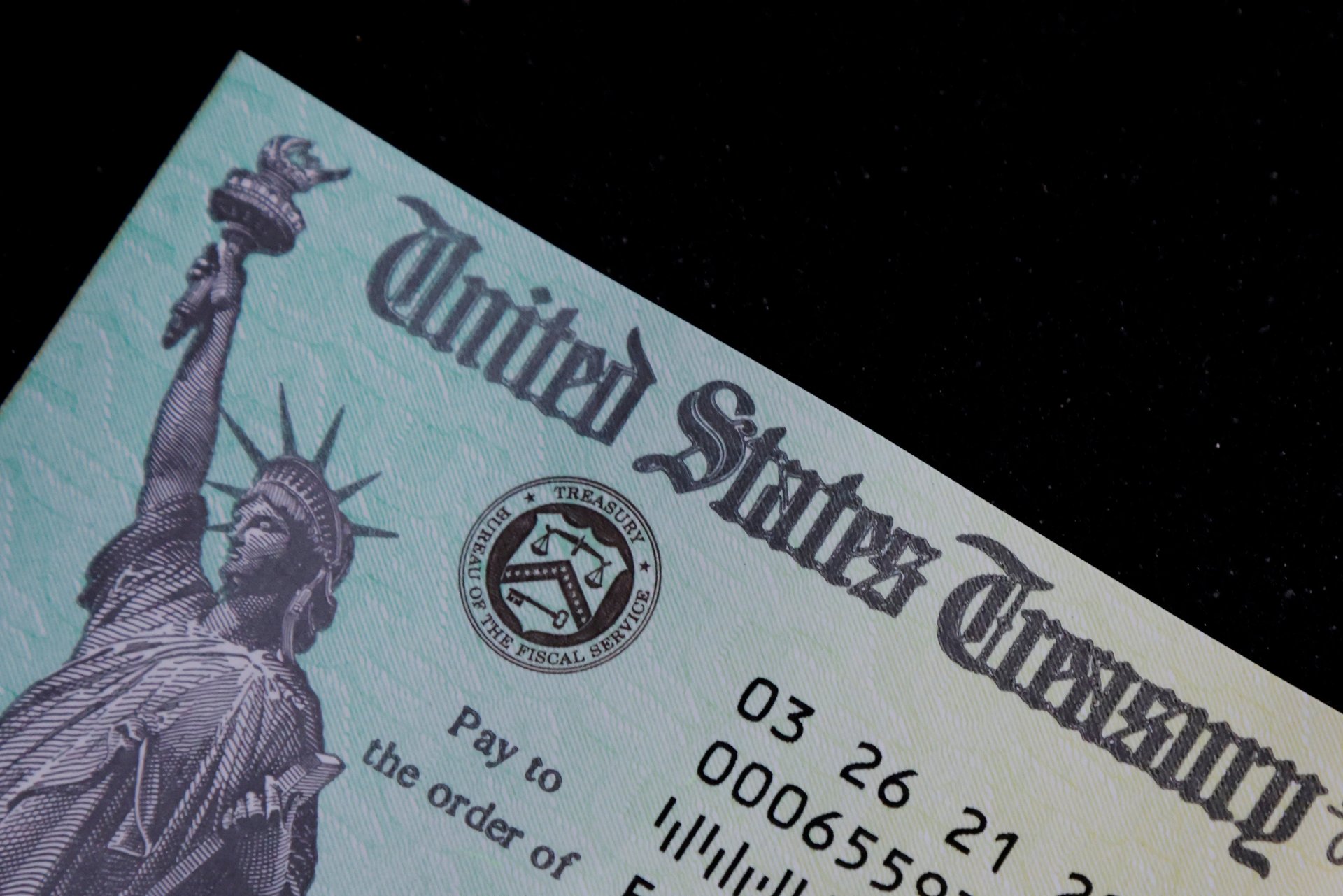Pandemic aid created the biggest jump ever in US disposable income
The disposable income of Americans rose by 67%, compounded annually, during the first quarter of 2021—the largest such jump ever recorded. But this wouldn’t have happened without the pandemic relief bills passed in December and March, which disbursed relief payments and topped up unemployment benefits.


The disposable income of Americans rose by 67%, compounded annually, during the first quarter of 2021—the largest such jump ever recorded. But this wouldn’t have happened without the pandemic relief bills passed in December and March, which disbursed relief payments and topped up unemployment benefits.
New data for the quarter, released by the Bureau of Economic Analysis, showed that the US government’s stimulus payments almost wholly accounted for a $2.36 trillion bump in personal disposable income in the first quarter of 2021, even as wages from work stayed nearly flat through that period.
The volume of government transfers nearly doubled in the quarter when compared to the last quarter of 2019, when the pandemic had yet to strike.
The data conveys some good news: At the end of successive bleak quarters, income from wages didn’t crash. But the rise in consumer spending tracks the rise in stimulus payments closely. The buoyancy of the American economy is still, in large part, due to the government’s willingness to spend to keep it aloft.